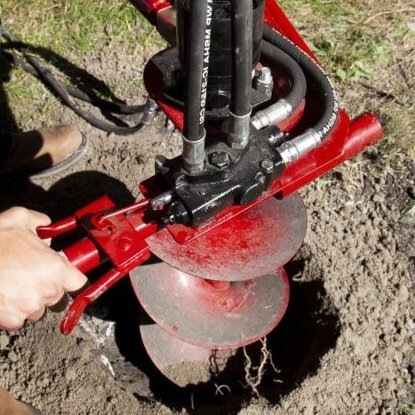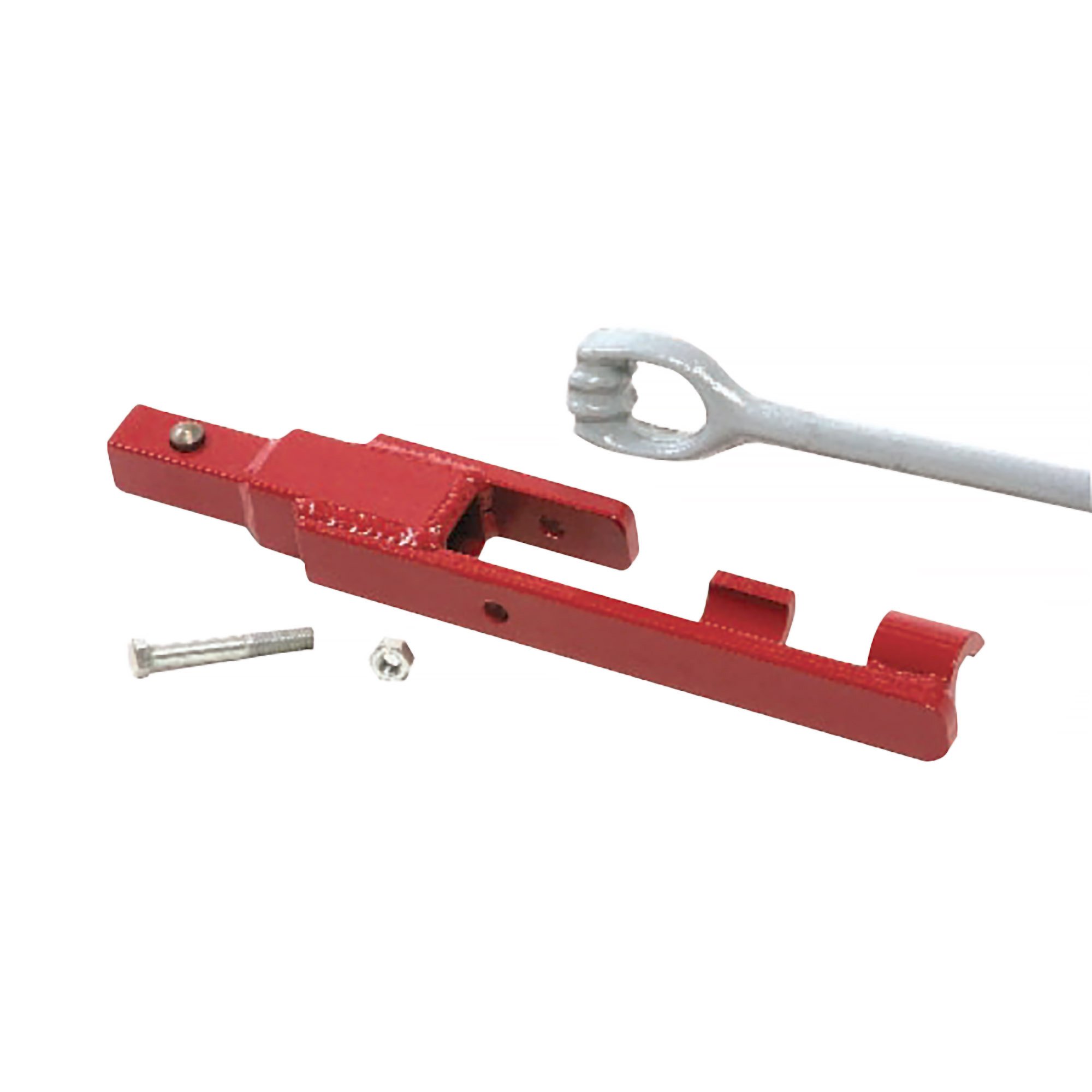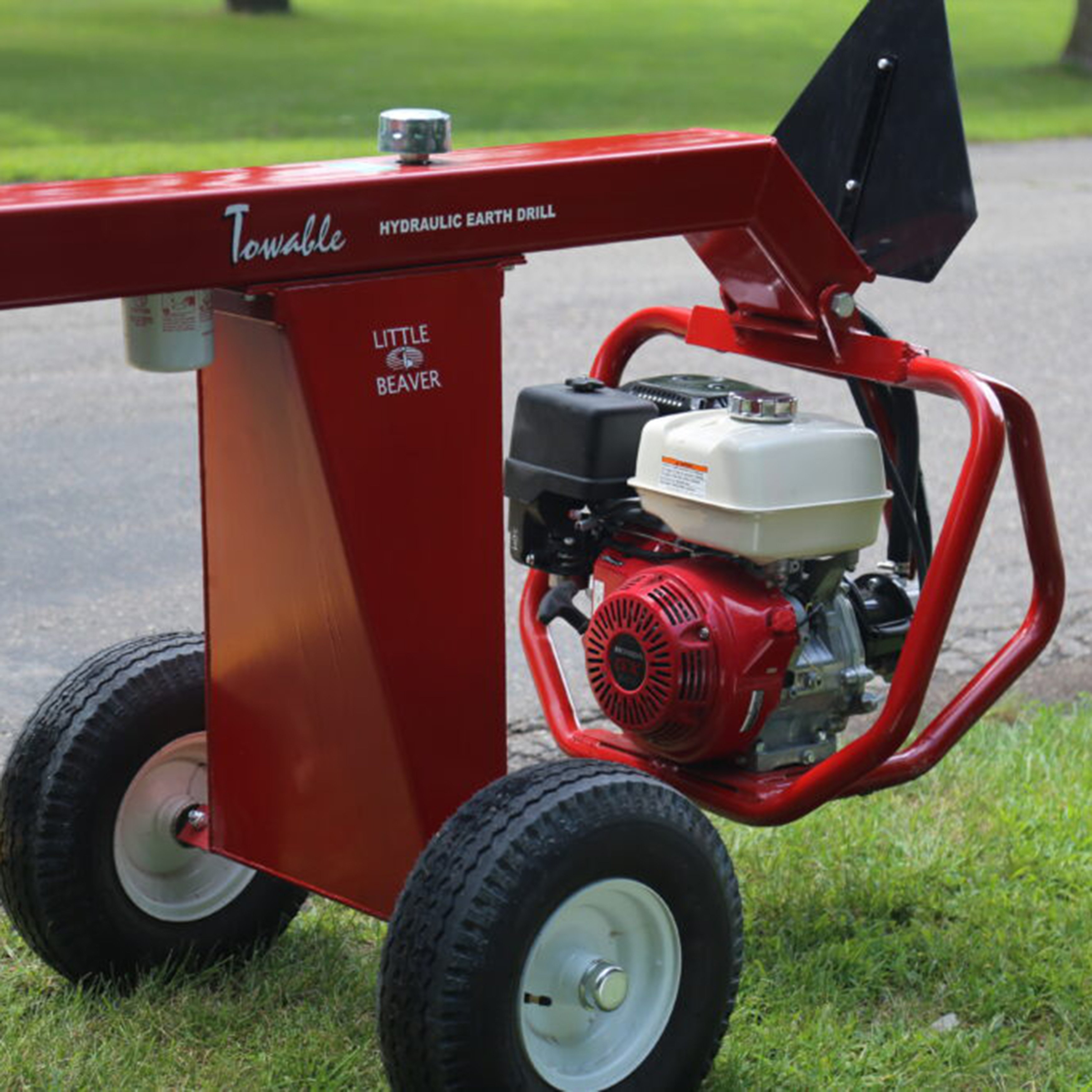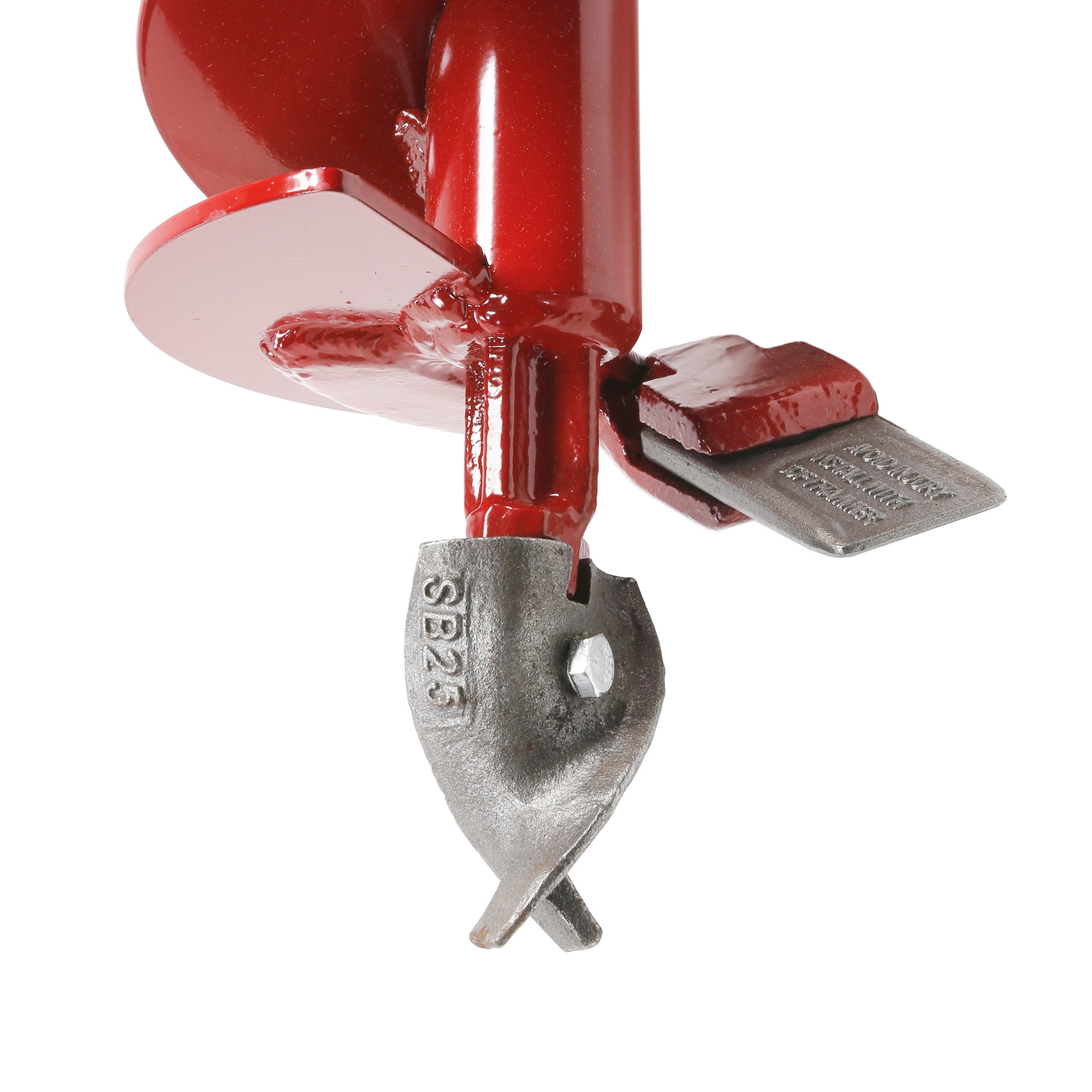Little Beaver Post Hole Diggers
Little Beaver Post Hole Diggers greatly impact efficiency. They enable safe one-person operation with almost two times the productivity of other units. There are many different options depending on the job scale and requirements. Post-hole diggers can be used for many applications, from installing fence posts, replacing sprinkler lines, sampling soil, and even planting trees. They provide the hard work of digging the hole instead of the back-breaking task of digging it by hand. Little Beaver post-hole diggers are lightweight, powerful, and reliable. With so many options, finding the right one may seem daunting, but features can break them down to find the most suitable one for the task.
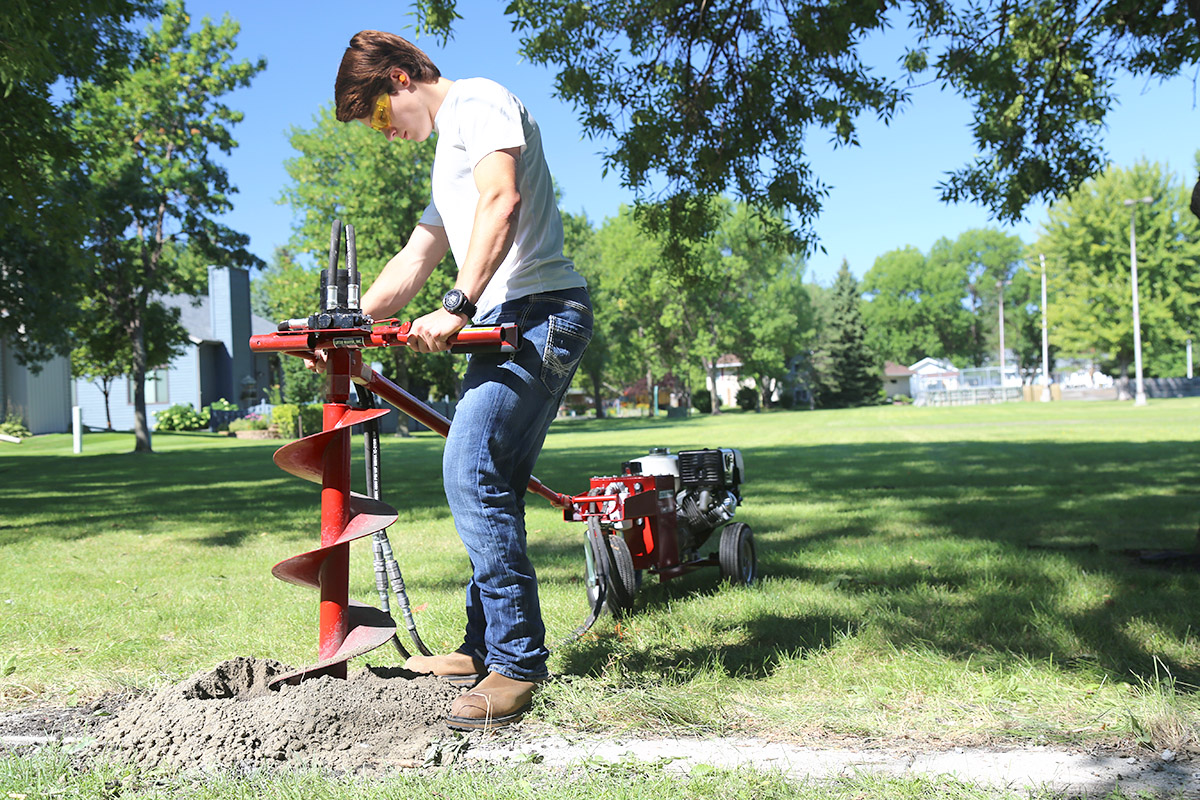
Mechanical or Hydraulic?
Both have their advantages. Choosing the right one for the project is dependent on a few elements. What is the soil type? What is the hole size? Are there speed requirements?
Mechanical
Choosing a mechanical Little Beaver post hole digger is something to consider when needing a lightweight machine that offers high operating speed in sandy soils. Example applications would be Fencing, Decking, Landscaping, Sign Erection, Horizontal Boring, and Soil Sampling. A mechanical post hole digger's lightweights are designed to give maximum user mobility. Another feature is that the auger moves at faster speeds. The faster speeds allow the hole to be dug much quicker, thus making the projected timespan shorter. Small to medium-sized holes (6" - 8") are where the mechanical diggers shine. Anything more than that would be less efficient and a struggle for the machine. The best soil conditions for mechanical diggers are sand, silt, and loam.
Hydraulic
Hydraulic Little Beaver post-hole diggers are a better option when high torque and powerful drilling are the goals. They strive in frozen, heavy clay, and even rocky soil conditions. Hydraulic diggers are perfect for larger-diameter holes (10" - 12"). Another benefit of the hydraulic post-hole digger is that it has a reversible drive which allows easy lifting out of holes. Example applications include: Industrial Fencing, Soil Sampling, Groundwater Monitoring, Foundation Pier Holes, Pole Barns, Light Utility Anchoring, and Landscaping.

Little Beaver HYD-TB11H Hydraulic Post Hole Digger In Action
Key Differences Between Mechanical and Hydraulic Post Hole Diggers
| Mechanical | Hydraulic |
|---|---|
| Lightweight Body | Durable Body |
| High Operating Speeds | High Torque |
| Great For Sand, Silt, Loam | Great For Clay, Rock, and Frozen Soils |
| Small-Medium Holes (6" - 8") | Large Holes (10" - 12") |
| Fast Project Completion And High Mobility | Designed For Tough Soil Conditions And Reversible Drive |
| Fencing, Decking, Sign Erection, Horizontal Boring | Industrial Fencing, Foundation Pier Holes, Pole Barns, Groundwater Monitoring |
Gear Reduction Ratio
Having a high reduction ratio in the transmission of a post-hole digger like a 20:1 offers a more efficient machine that consumes less energy. A 20:1 ratio is needed if low RPMs and high torque are needed. Look for a high reduction ratio if needing to bore through tough, rocky soils. A lower reduction ratio of 13:1 is great for hard ground or clay. 10:1 offers higher speeds but lower torque. This is great for sandy soils where speed is key. A higher speed generally results in a cleaner hole also. A 10:1 ratio operates at 360 RPM's. A 13:1 operates at 277 RPM's and a 20:1 operates at 180 RPMs.
| MDL-5B3PR7 | MDL-5H2P | MDL-5B | HYD-TB11H | |
| Type | Mechanical | Mechanical | Mechanical | Hydraulic |
| Horsepower | 5 HP | 5.5 HP | 5.5 HP | 11 HP |
| Transmission Reduction Ratio | 13:1 (277 RPM) | 20:1 (180 RPM) | 10:1 (360 RPM) | 2,700 PSI (150 RPM) |
| Tire Size | 10" | 10" | 8" | 12" |
| Roll Cage | Yes | No | No | Yes |
Figuring out which Little Beaver Post Hole Digger is best for you may seem difficult, but that is why our helpful Sales Team is here to walk you through the process.
Contact Us
